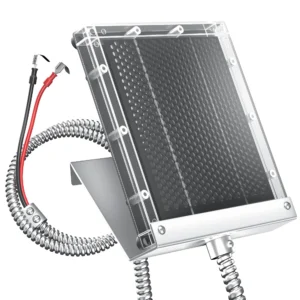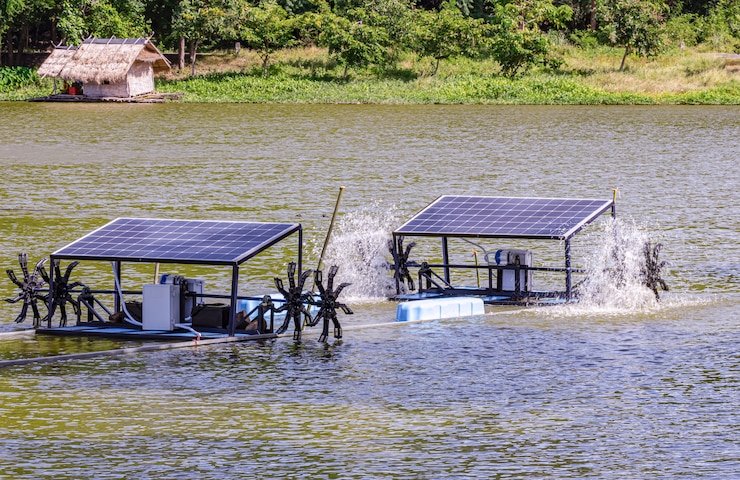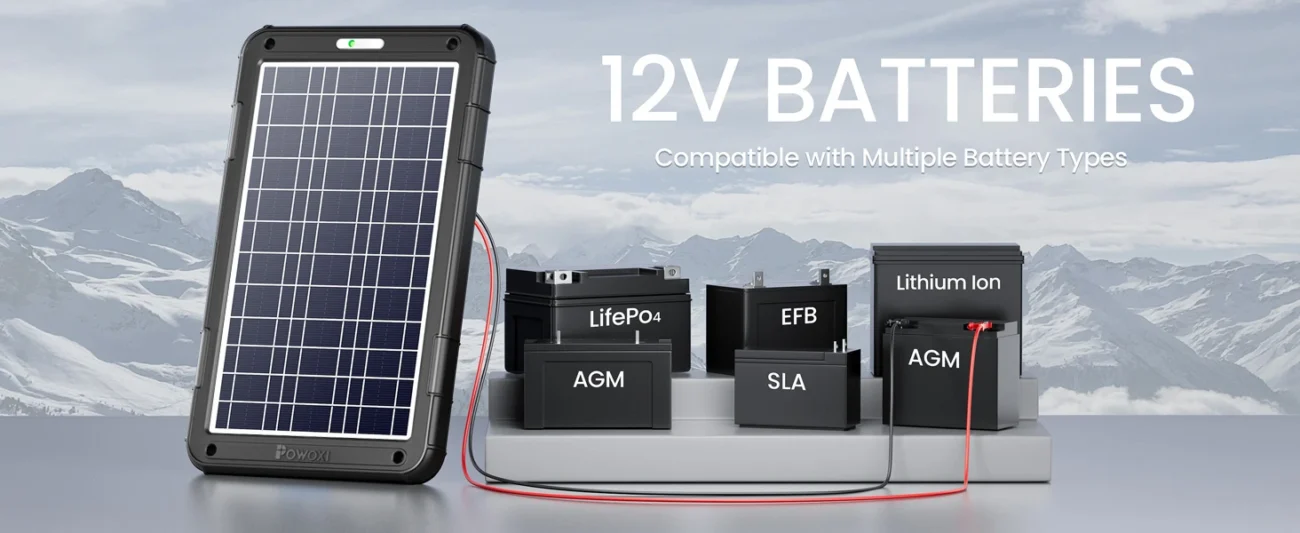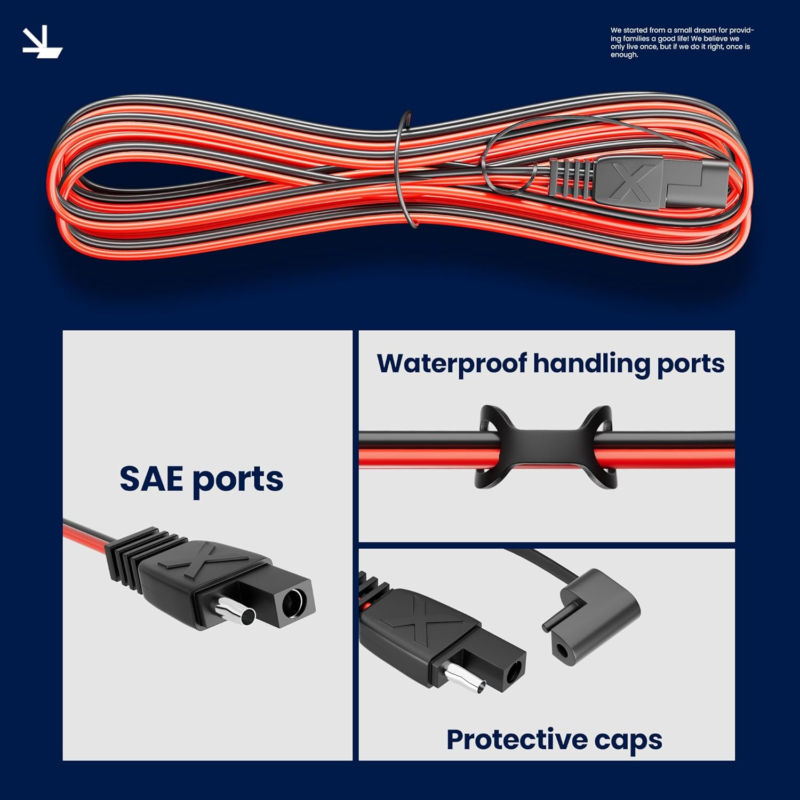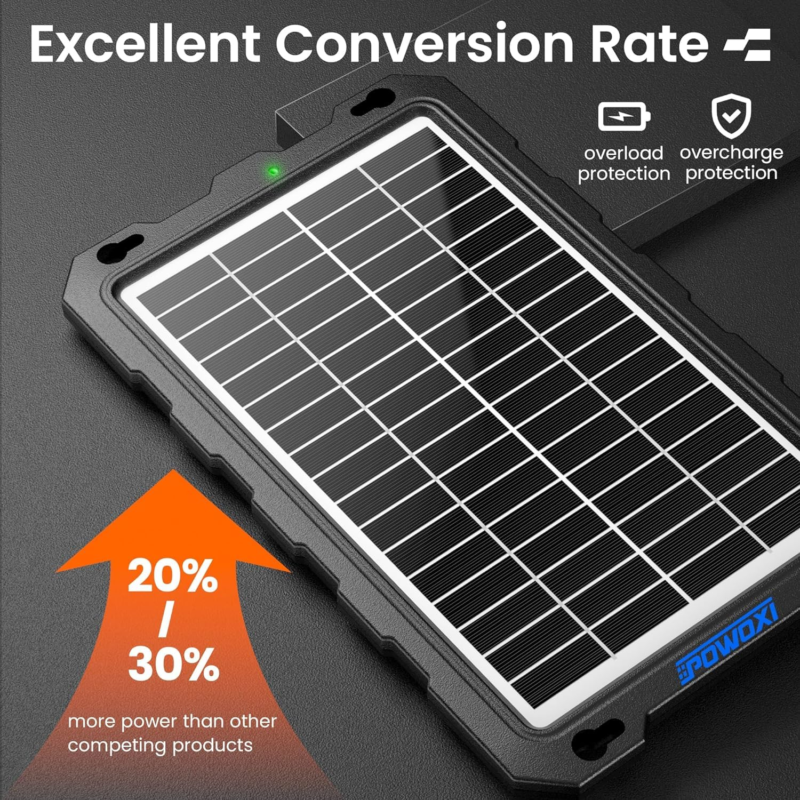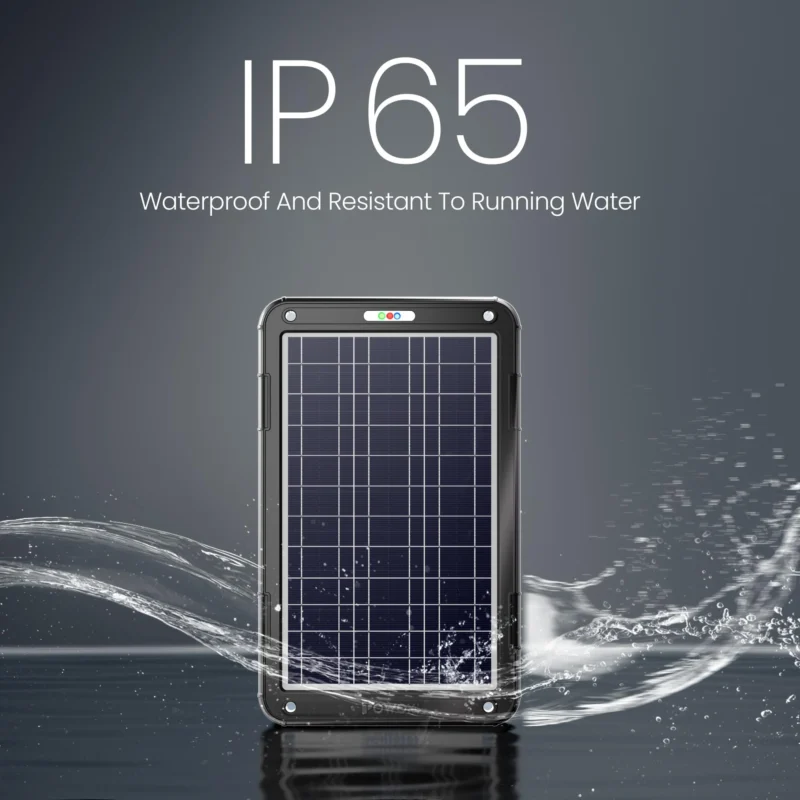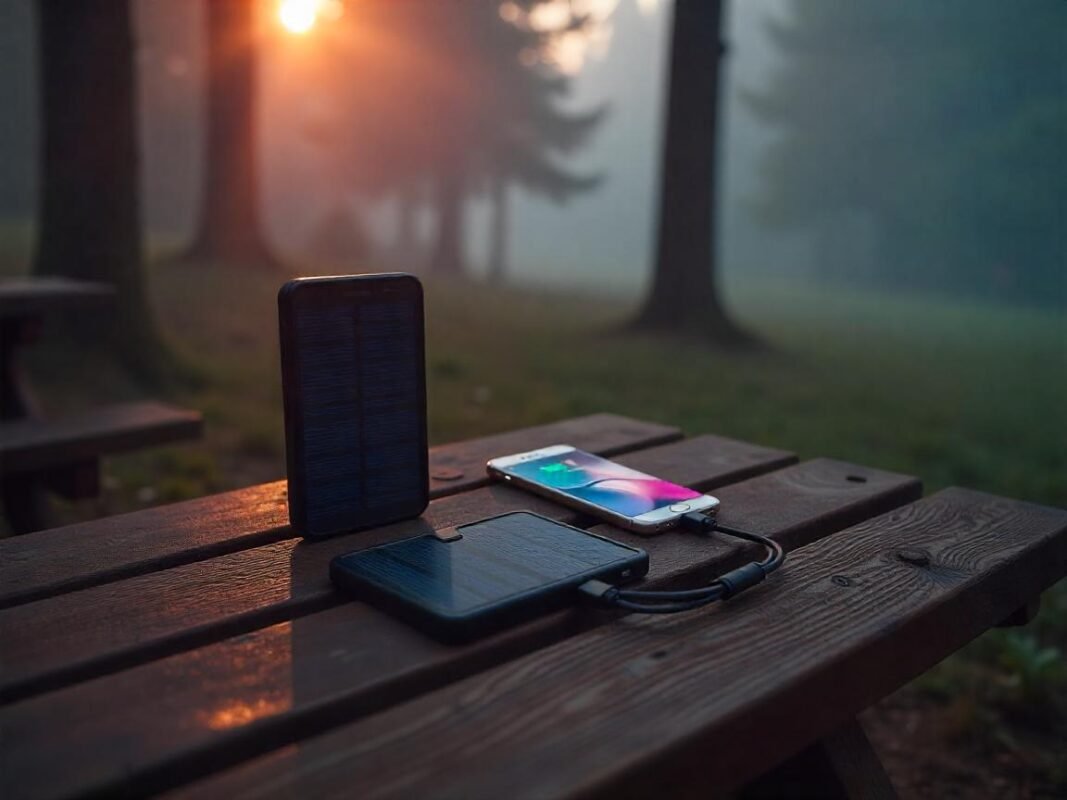Top 5 Mistakes to Avoid When Using a POWOXI Solar Battery Charger
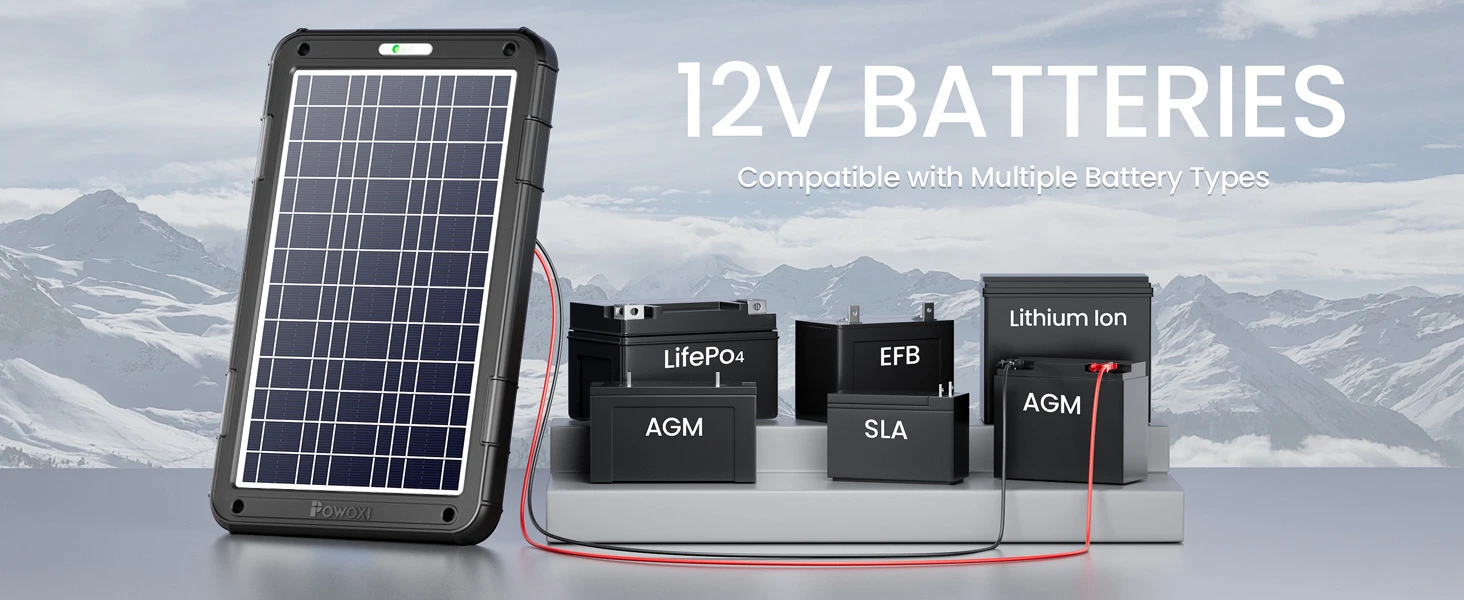
Using the Wrong Type of Battery
Choosing the wrong battery type is one of the most common mistakes when using a POWOXI solar charger.
These chargers are optimized for 12V lead-acid batteries, including AGM, gel, and flooded types.
Using lithium-ion or incompatible chemistries can lead to poor charging performance or even damage.
While some models may claim “universal” compatibility, always refer to the product’s specifications.
A mismatch can result in overcharging, undercharging, or no charging at all.
This not only shortens battery life but may also void the warranty.
Double-check voltage, amp-hour (Ah) rating, and chemistry before connecting your charger.
If you’re unsure, refer to the battery label or the user manual.
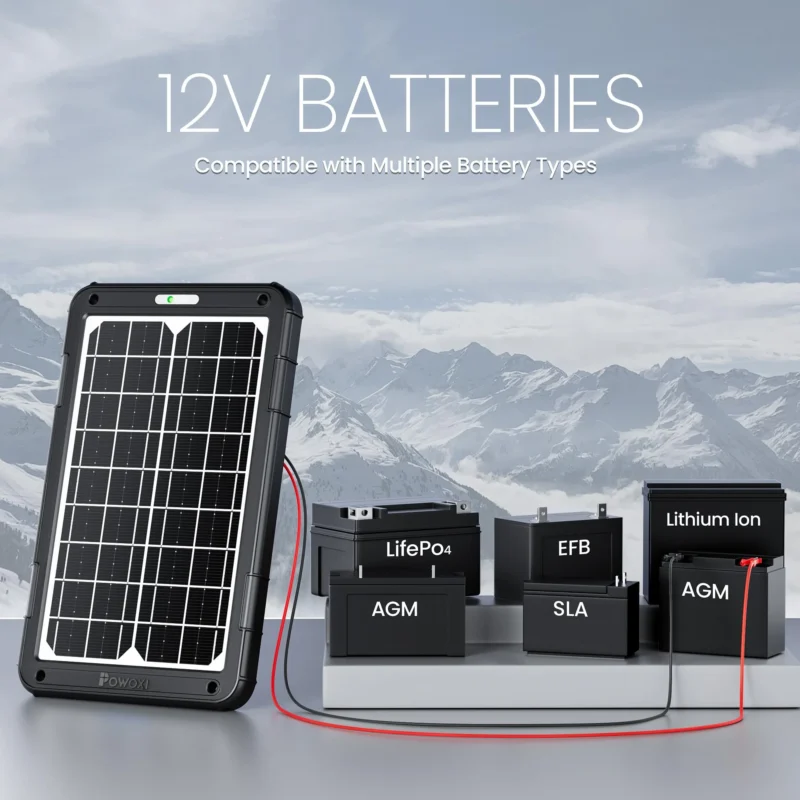
Using an appropriate battery type ensures safe, efficient charging and maximum battery longevity.
Why Compatibility Matters
Battery types vary in their voltage thresholds and charging behavior.
For example, lead-acid batteries require a float stage to prevent overcharging, which POWOXI chargers provide.
But lithium batteries do not benefit from this and can get damaged.
Ensuring battery compatibility protects your investment and maintains charging efficiency.
Improper Panel Placement
Incorrect solar panel placement severely affects charging efficiency.
POWOXI panels must face direct sunlight for optimal performance.
Shaded areas, glass windows, or cloudy environments drastically reduce output.
Even partial shading on one cell can drop the overall current significantly.
The best time to charge is midday when the sun is strongest.
Place the panel outdoors with no obstructions and ideally at a 30–45° angle, facing south (in the Northern Hemisphere).
Avoid flat placement unless under direct sunlight with no obstructions.
Clean the panel surface regularly to remove dust or debris.
Improper placement leads to slow charging and can give users the false impression that the charger is faulty.
How Sunlight Angle Affects Charging
Solar panels work best when sunlight hits at a 90° angle.
Early morning and late afternoon light is weaker and more angled, reducing efficiency.
Adjust the panel seasonally or use a mount with tilt adjustment to follow the sun’s path.
Not Monitoring Battery Voltage
Neglecting battery voltage readings can lead to serious issues.
POWOXI solar chargers are designed to trickle-charge, not to revive deeply discharged batteries.
Charging below 10.5V risks sulfation or permanent battery failure.
Overcharging above 14.4V (for flooded or AGM types) can cause gassing or swelling.
Use a multimeter or built-in indicators to monitor charging.
Some POWOXI models feature LED indicators for status updates. Pay attention to these.
Track voltage at least weekly during regular use.
If the charger is used long-term, especially in off-grid setups, monitor it daily.
Risks of Overcharging or Undercharging
Undercharging leads to sulfation, which lowers battery capacity.
Overcharging causes heat build-up, water loss, and internal damage.
A voltage range of 12.4V–13.7V is ideal for maintenance charging.
Forgetting to Disconnect After Full Charge
Leaving the charger connected indefinitely may seem harmless, but it’s not.
Once the battery is full, continued charging may cause long-term degradation.
Although POWOXI chargers feature a float stage to reduce charge after full voltage is reached, some cheaper batteries can’t handle even this minimal trickle long-term.
Unplug the charger once the battery is full, especially if it’s not being used.
For long-term maintenance, use a controller with an automatic cutoff.
Set a reminder or use a smart monitoring app if your system supports it.
What Happens When You Leave It Plugged In?
Some users notice battery bloating, acid leaks, or voltage fluctuations.
These are signs of prolonged trickle overcharge.
Disconnect the charger weekly or use it intermittently for safe long-term maintenance.
Ignoring Regular Maintenance
Dirt, moisture, and corrosion are enemies of any solar setup.
POWOXI panels are weather-resistant, but not maintenance-free.
Clean the panel surface monthly with a damp cloth.
Inspect cables and terminals for signs of wear, rust, or damage.
Corroded terminals can reduce current flow, resulting in poor charging.
Use dielectric grease on connectors to prevent corrosion.
Store the charger indoors when not in use for long periods.
Check alligator clips and fuse integrity every 3 months.
How Dirt and Corrosion Affect Performance
Even a thin layer of grime can block up to 20% of sunlight.
Corrosion increases resistance, reducing charge current.
Regular inspection keeps the charger efficient and extends its lifespan.
✅ Final Notes
- Use the correct batteries
- Position the panel under direct sunlight
- Monitor voltage regularly
- Disconnect after full charge
- Maintain the hardware
These five simple steps will ensure your POWOXI solar battery charger performs reliably and extends battery life.











